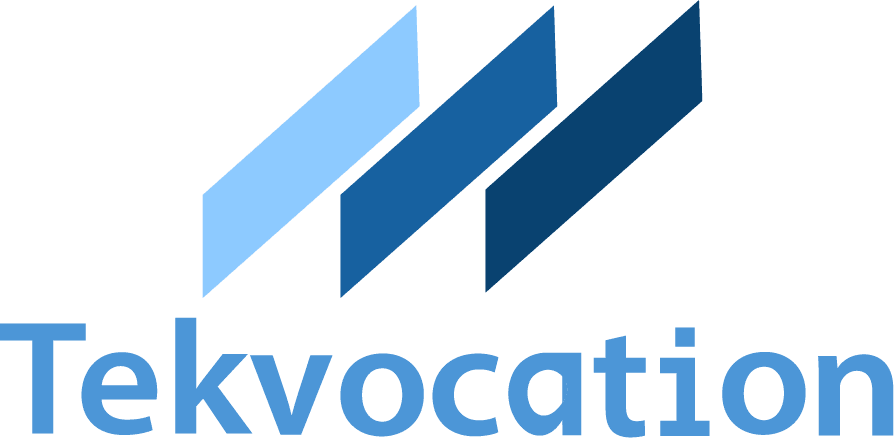On November 15, Tekvocation hosted a Knowledge Hub - Friday Expert Series session featuring Ms. Catherine Suchita J, a seasoned expert in operations and marketing. Catherine serves as the Business Head - Operations and Marketing at Moneyline, a wealth management firm in Mysore managing over ₹100 crores in assets and catering to 400+ clients. She also contributes her expertise as a Consultant (Training) for TMI (tmigroup.in) and as a Consultant - Marketing and Operations at SMARAN Pyrolysis Technologies, a firm specializing in bio-fuel and green alternatives.
The session aimed to empower Tekvocation’s Digital Marketing Interns with practical strategies and frameworks for achieving B2B success. Drawing on her rich experience across industries, Catherine shared insights into adopting client-centric approaches that drive visibility and build meaningful partnerships in industrial marketing.
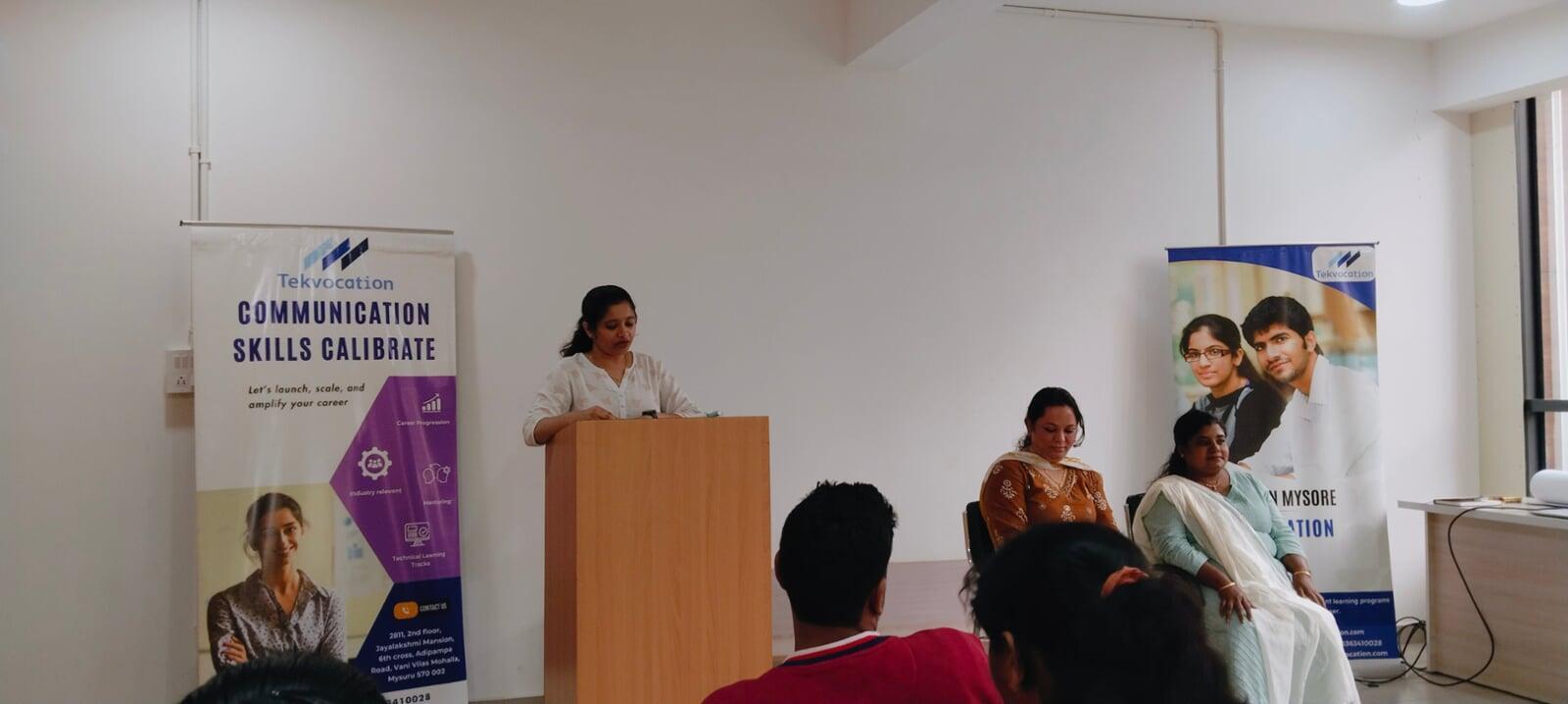
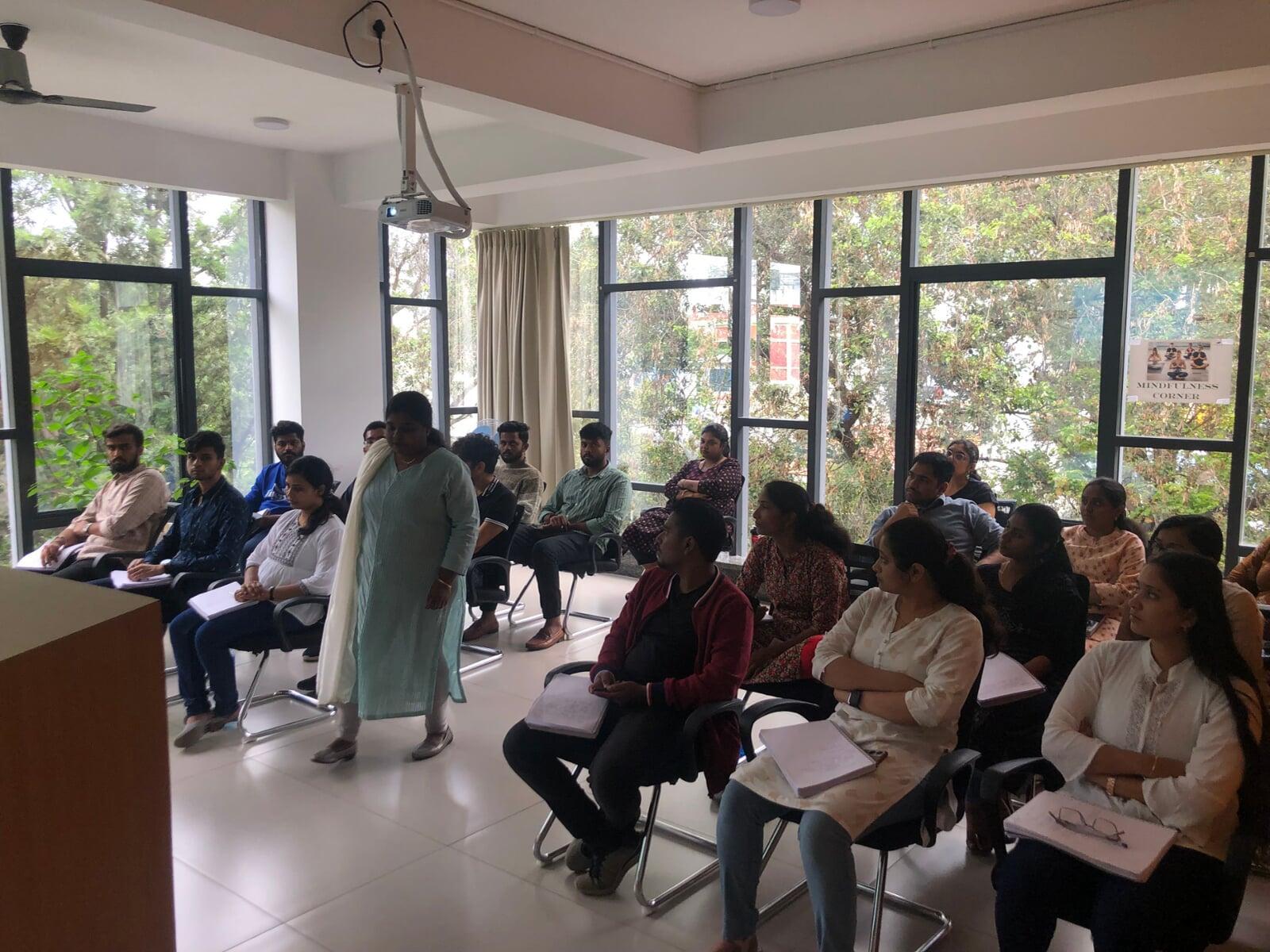
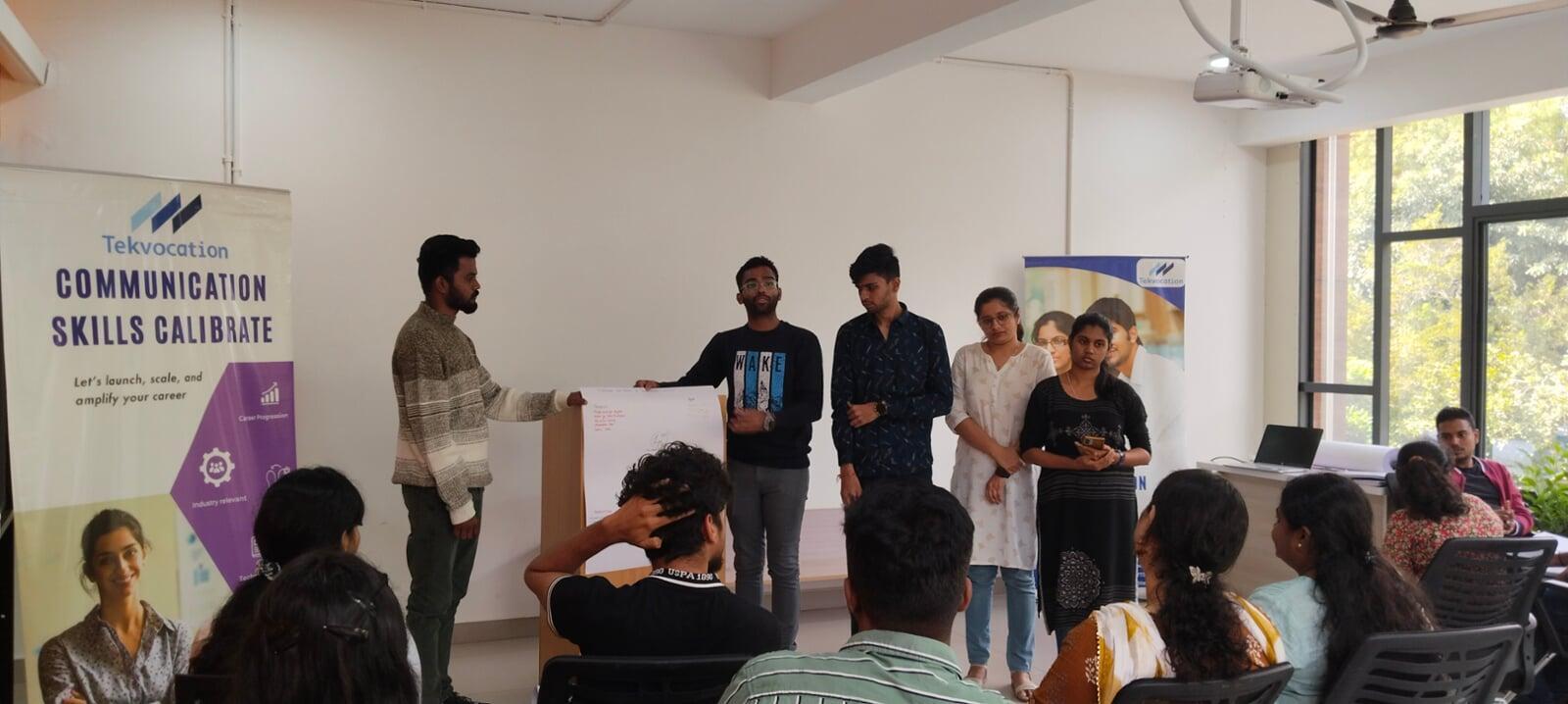
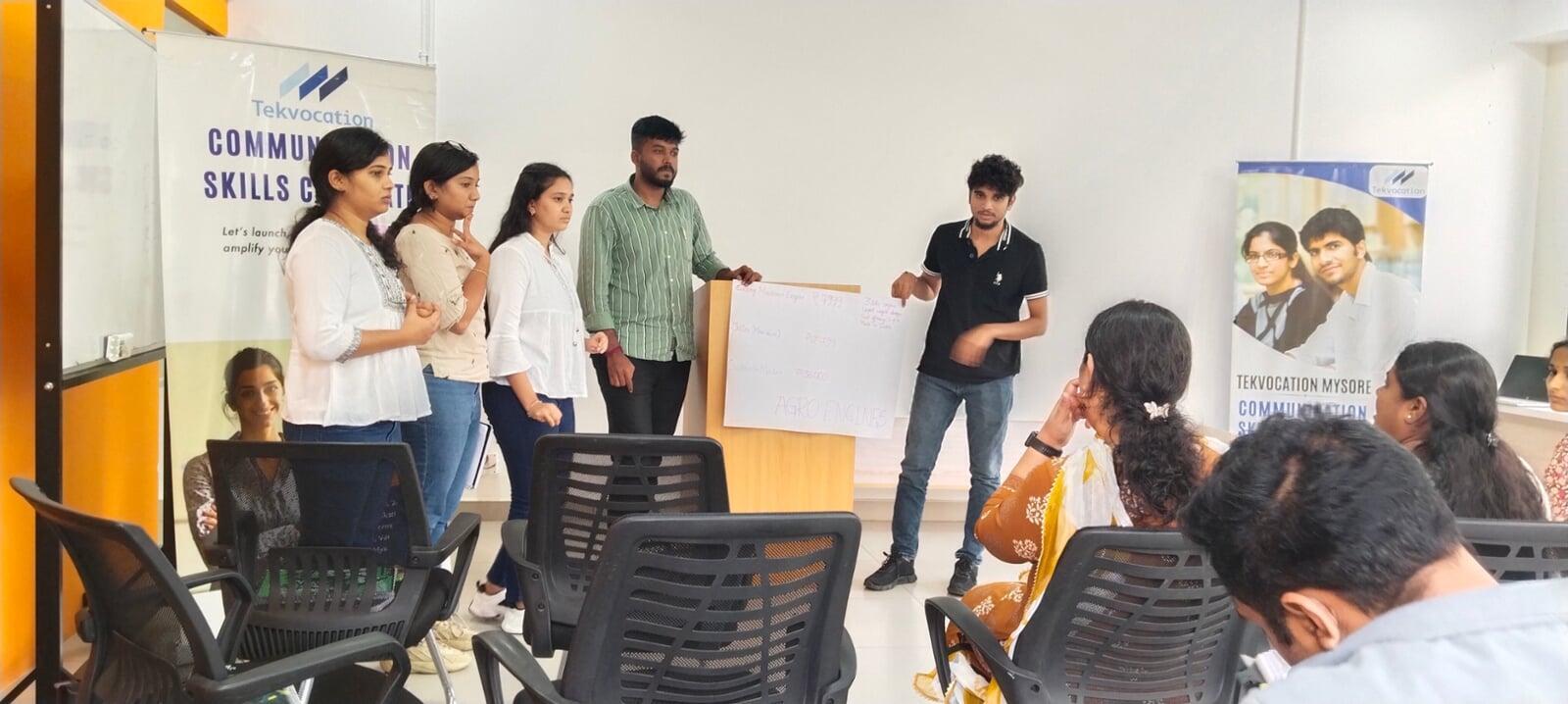
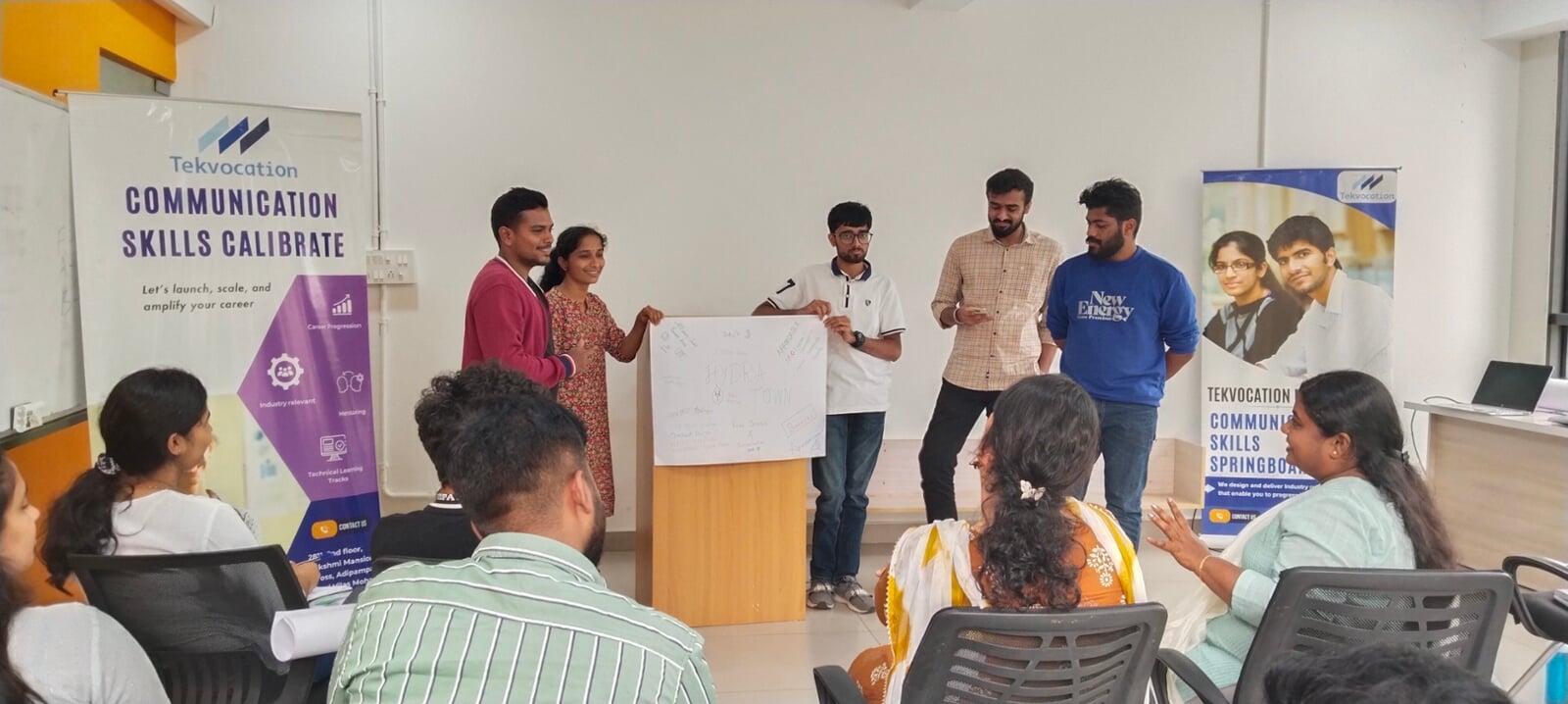

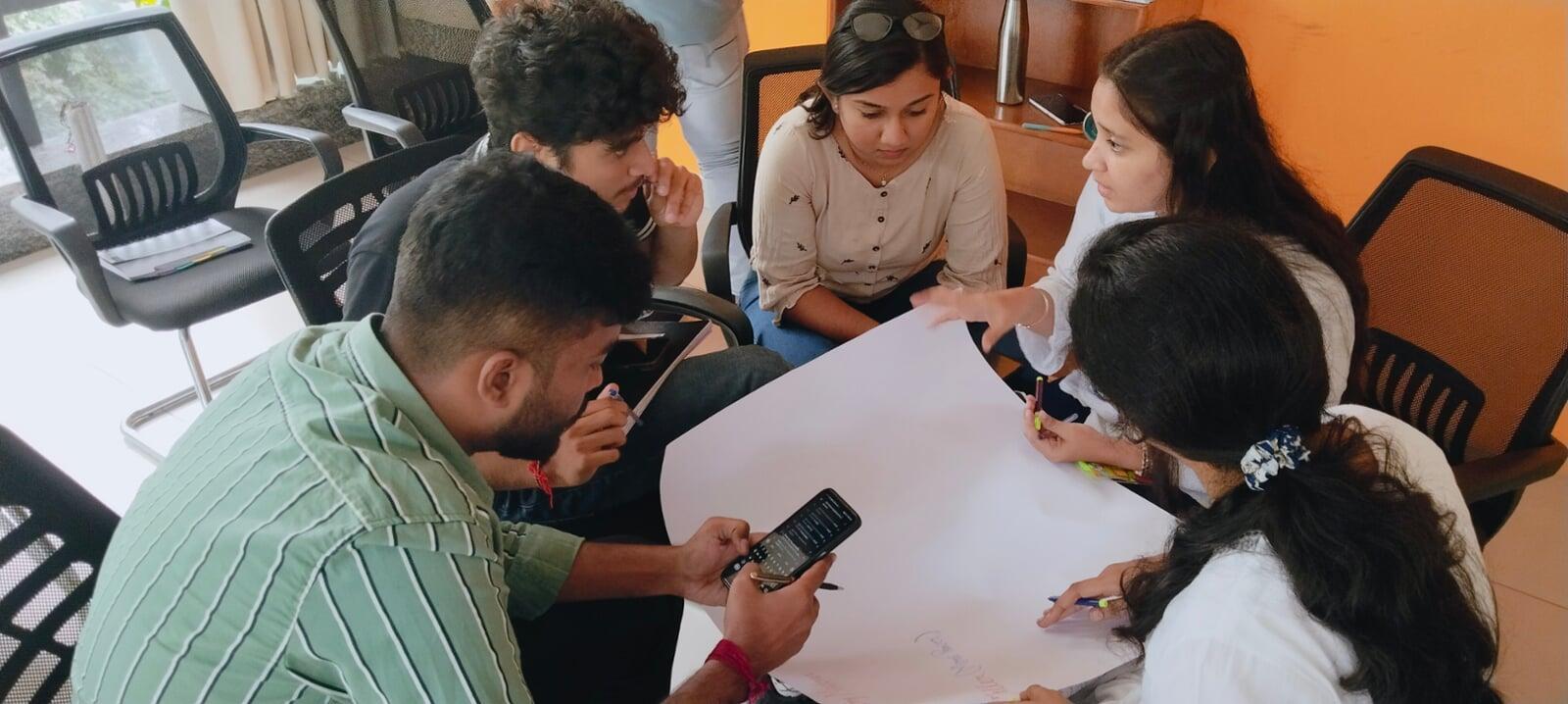
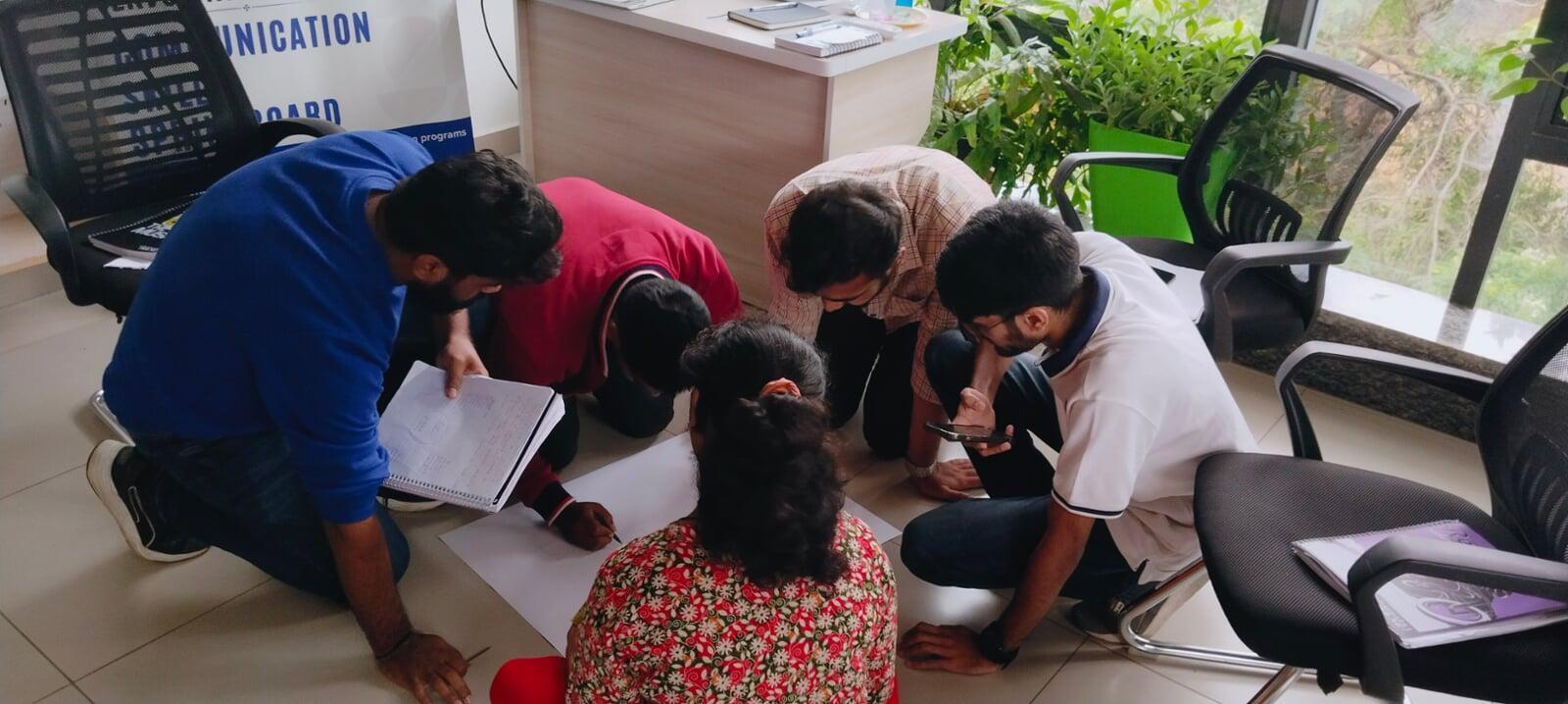
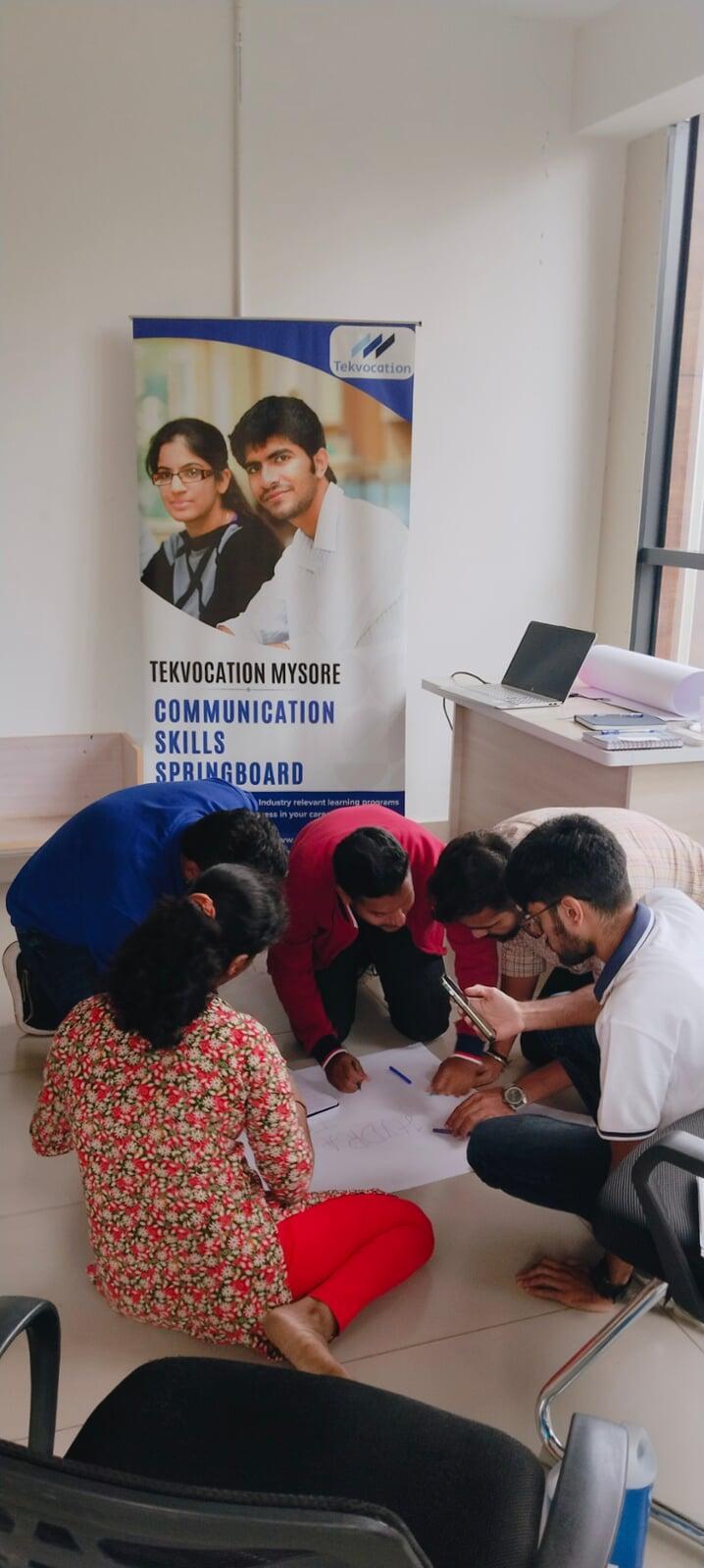
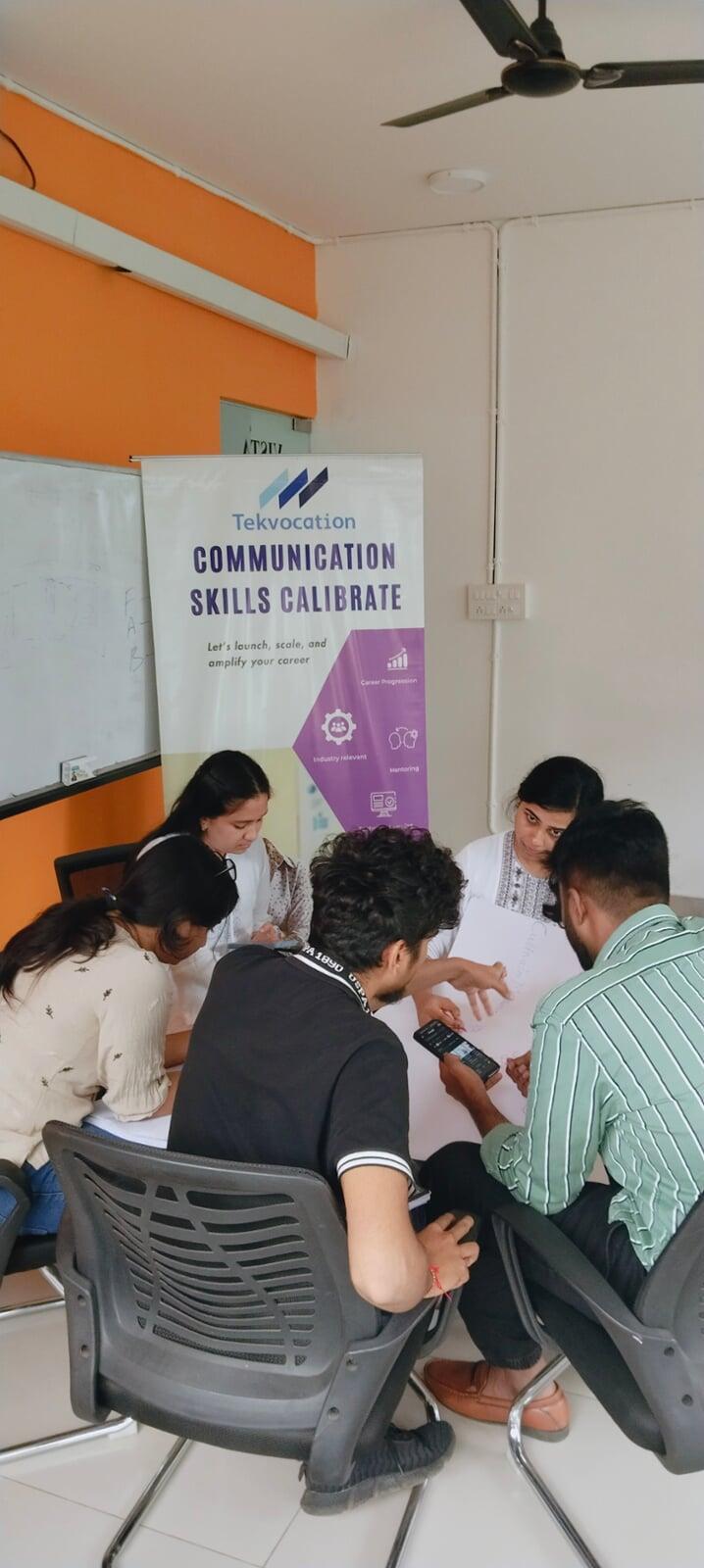

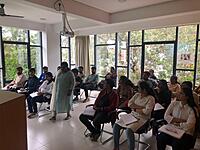








Strategize: Align marketing goals with client needs and market trends.
Personalize: Tailor products and services to address specific client challenges.
Align: Ensure business processes and messaging meet customer expectations, fostering consistency and trust.
Communicate: Highlight value propositions effectively to build strong client relationships.
Reinforce Trust: Maintain trust through consistent engagement, delivering promises, and upholding integrity in client interactions.
Product: Develop solutions that address industrial challenges like operational efficiency or sustainability.
Price: Create competitive pricing models reflecting both product value and client ROI expectations.
Promotion: Leverage industry-specific channels, such as trade expos, research publications, and targeted content marketing, to communicate effectively.
Place: Optimize delivery channels to ensure reliability and convenience for clients.
Features: Emphasize technical specifications or unique attributes.
Advantages: Highlight how these features solve specific client problems.
Benefits: Showcase measurable outcomes, such as cost savings or improved efficiency.
- Marketing agricultural machinery to farmer-assisting companies.
- Developing software for schools in developing countries.
- Designing a machine to utilize water efficiently.
- Analyze the Task Thoroughly: Understand the target market’s pain points and align solutions accordingly.
- Adopt a Business Perspective: Focus on delivering measurable value, such as ROI, scalability, and relevance.
- Use Data and Statistics: Strengthen strategies with quantitative evidence to support pricing and value propositions.
